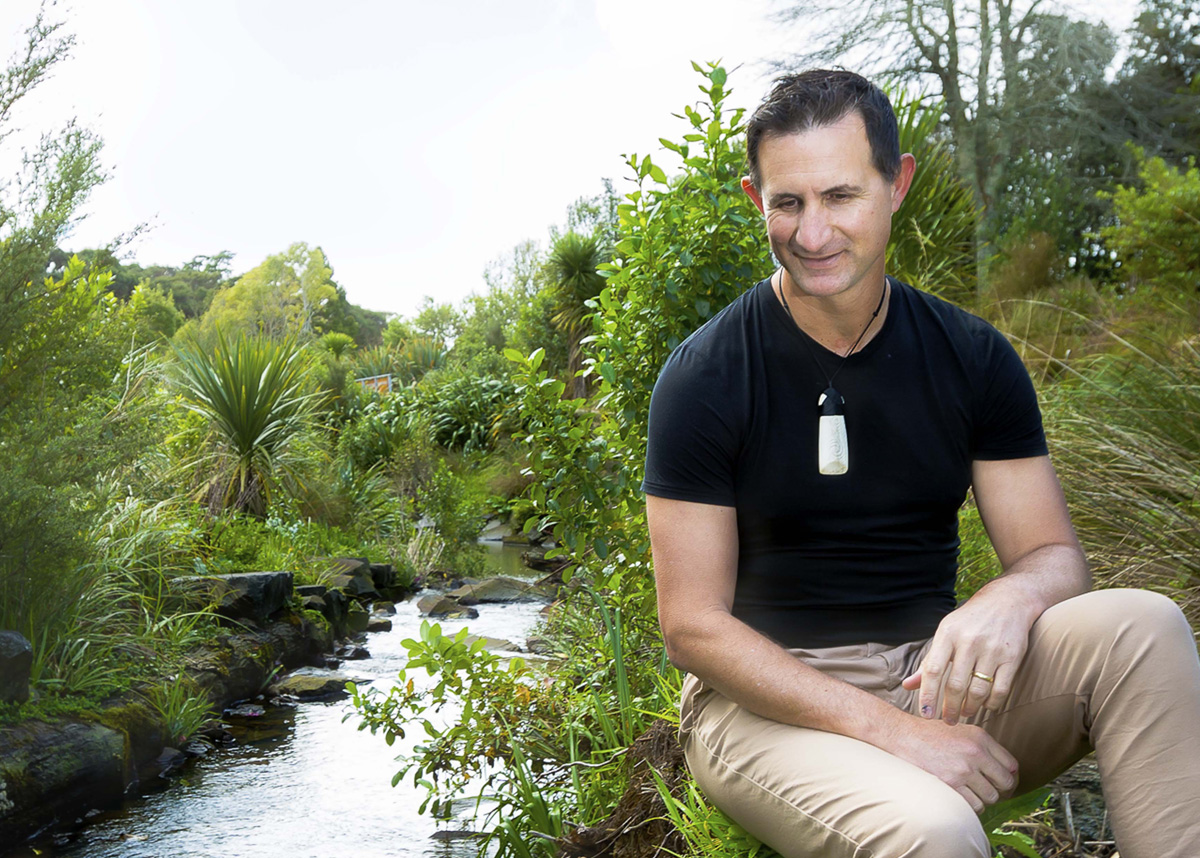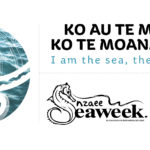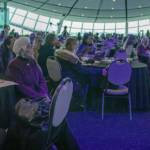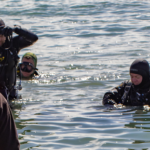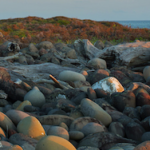Somewhere on the journey to create a marine spatial plan for the Hauraki Gulf members of a stakeholder working group coalesced around the idea of ‘speaking for the Gulf’. They left individual or mandated positions and cast personal view points aside to become a ‘voice for the Gulf’.
How did this happen?
The process had its origin in the work of the Hauraki Gulf Forum, a statutory body which promotes and facilitates integrated management under the Hauraki Gulf Marine Park Act 2000.
The Forum promoted the use of marine spatial planning as a tool to address the issues identified in its triennial state of the environment reports and this lead to the Sea Change – Tai Timu Tai Pari planning process.
Author of UNESCO – Marine Spatial Planning – A Step-by-Step Approach Guide Professor Charles Ehler has described the process as ‘super-collaborative’; involving a daring and unique innovation that put stakeholders at the heart of the plan writing process.
Other groups around the country seeking to facilitate integrated management, protection and enhancement of their coastal and marine areas have faced significant challenges and delays using conventional agency-led policies and processes.
As relationships amongst the Sea Change stakeholder working group grew they were able to identify big moves which – in theory at least – should give agencies confidence to act in more ambitious ways than they might otherwise have been prepared to do.
The plan was released on December 6, 2016 and although Auckland and Waikato Regional Councils are working out implementation steps and costs, central government has still to get advice to and from ministers. It is now on the radar of the new government.
Inspired by the concept of the ‘Voice of the Gulf’ I began to ponder where might a ‘Voice’, unencumbered by business as usual policy and process take us? Where might an approach that encourages respectful, meaningful dialogue instead of reaching for laws, statutes and rights lead? Where might the voices be heard? And are they already speaking?
Let’s consider the case of the Bryde’s whales.
Bryde’s whales (Balaenoptera brydei) are listed as a nationally critical threatened species in New Zealand waters due to their small population of around 50 animals that reside year-round in the Hauraki Gulf Marine Park. The Hauraki Gulf is also home to Ports of Auckland, one of New Zealand’s busiest ports handling over 1500 large vessel visits per year.
Ships calling at Auckland have to travel through the Bryde’s whale’s habitat, creating the potential for whale-ship collisions. Monitoring of whale mortality from 1989 to 2014 showed that this was happening at a frequency likely to be unsustainable for the population. Whale deaths averaged two per annum and necrospies revealed most were caused by ship strike.
In March 2012, following two deaths in six months, the Hauraki Gulf Forum, Environmental Defence Society and University of Auckland invited interested parties to explore urgent responses to the situation, and mana whenua, Ports of Auckland and shipping industry representatives all took part in what has become the Brydes Whale Ship Strike Collaborative Group. The group explored a number of ways the problem of ship strike could be mitigated, including the use of regulation to require ships to slow down.
Economic analysis suggested there would be significant costs involved in changing transit rules – up to $5-8 million per annum if the industry was required to slow to 10 knots. Ten knots has been established as an internationally-recognised target speed, which enables safe vessel operating while significantly reducing the risk of a lethal whale strike. Faced with a situation where regulation would be slow to implement, potentially costly and likely to be vigorously opposed by the industry, the group looked for ways to solve the problem through collaboration and voluntary measures.
In September 2013 Ports of Auckland introduced a Voluntary Transit Protocol to encourage planning that enable transits through the Gulf at 10 knots.
Incredibly, just four years later the target has been met. The latest quarterly monitoring results, compiled by both Ports of Auckland and the NGO International Fund for Animal Welfare, show average speeds around 10 knots from three consecutive months.
The last Bryde’s whale ship-strike fatality was in September 2014.
So back to the ‘Voice’.
Dr Rochelle Constantine, cetacean expert and the key researcher from the University of Auckland, is certain that the success of their collective efforts has been because they set up an environment of respectful, meaningful dialogue, intent on addressing the kaupapa – reducing the number of ship-strikes.
Transparency and peer-group dynamics were very important in the process. It enabled a trusting dialogue to emerge between parties and create momentum that saw the protocol rapidly achieve its success. This is all the more remarkable given the position of the parties at the start of the process. It is fair to say there was a high degree of mistrust on all sides. The success came about without imposing regulation or creating legislation – it came from agreeing on a common purpose, in a non-adversarial fashion. A rights based approach would likely have seen the various parties re-trench back to positions that they then defend vehemently – and the whales would have suffered.
In effect, the Brydes Whale Ship Strike Collaborative Group became the ‘Voice’ of the Bryde’s whales, a voice that was heard through choice not by force, and a voice that was listened to.
There are many people and groups articulating the ‘Voice of the Gulf’ – some of whom whose efforts have been highighted in the Gulf Journal, and what we need to ensure is that people and groups keep articulating the ‘Voice of the Gulf’, and even more importantly, that others are listening.
I challenge us all to speak up for and/or listen and hear the ‘Voice of the Gulf’.


